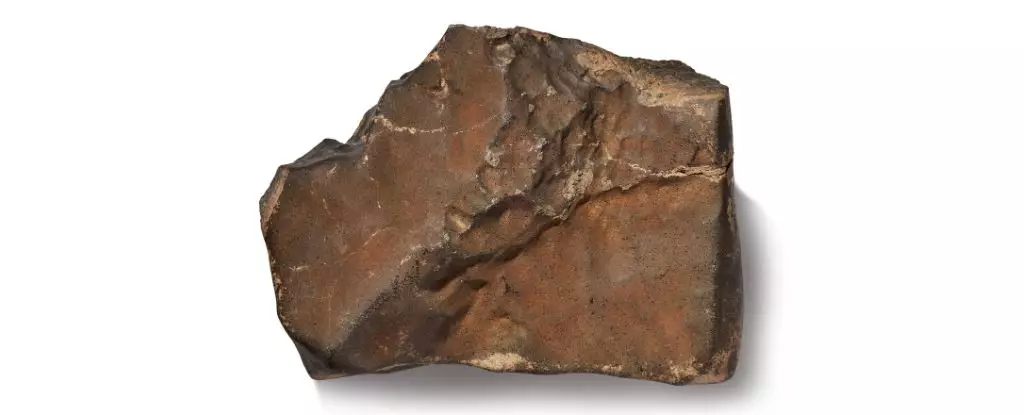The recent sale of the Martian meteorite NWA-16788 for over five million dollars exemplifies a troubling trend: the commodification of extraterrestrial artifacts. Once the exclusive domain of scientific discovery and public education, space-derived materials are now bought and sold in high-stakes auctions, transforming cosmic treasures into luxury commodities. This shift questions the ethical boundaries of private ownership over pieces of celestial history, raising concerns about the preservation of our shared heritage and the accessibility of science. Instead of viewing these meteorites as universal property meant to inspire humanity, they risk becoming private possessions, locked behind vaults and inaccessible to the public eye.
The Value of Scientific Heritage Versus Market Dynamics
While the allure of rare space rocks captures imaginations, we must scrutinize the motives fueling these sales. The meteorite’s pristine condition and unique geological features undeniably elevate its monetary value, but at what cost? The scientific community rightly laments the loss of such a pristine specimen from the public domain, emphasizing its importance for ongoing research and education. When these precious cosmic pieces are sold to anonymous collectors for millions, the pursuit of knowledge takes a backseat to market forces and personal gain. This commercial focus risks undermining the broader goal of understanding our universe, shrouding critical scientific resources as private assets rather than communal assets for human progress.
The Impact on Science and Public Engagement
The controversy deepens when considering the potential lost opportunity for public enlightenment. Museums and research institutions serve as custodians of scientific heritage, fostering curiosity and cultivating the next generation of explorers. But with private ownership becoming the norm, access to these rare specimens diminishes. As some experts argue, celestial artifacts belong to us all; they are the remnants of cosmic events that shaped our world and our understanding of the universe. When a piece like NWA-16788 is tucked away in a private collection, it becomes a silent monument to wealth, not knowledge. This creates a dangerous precedent—valuing rare natural phenomena less for their scientific and cultural significance than for their market price.
The Cultural and Ethical Responsibility of Humanity
From a morally centered perspective, selling such remarkable items raises profound questions. Should our celestial heritage be treated as commodities, or does it carry a duty to be shared and studied for the collective good? The notion of placing a monetary value on a piece of Mars is inherently problematic; it reduces the grandeur of space exploration to a transactional affair. As stewards of the universe, humanity bears a responsibility to ensure that our most extraordinary cosmic discoveries remain accessible, not locked away behind barcodes and price tags. Allowing private interests to acquire and potentially hide these artifacts for profit diminishes our moral standing and undermines the collaborative spirit that has historically driven scientific inquiry and exploration.
The Power of Advocacy and Policy Shaping
Addressing this issue requires a deliberate shift in how we regulate and conceptualize the ownership of space materials. Public policy must prioritize transparency, equitable access, and the preservation of scientific patrimony. There should be international consensus and legal frameworks that restrict the commercialization of extraterrestrial artifacts, emphasizing their role as global heritage. It’s not enough for these items to be recognized in scientific terms; society must actively defend their integrity and ensure that their value extends beyond mere market considerations. By fostering a cultural ethos that sees space objects as shared human heritage, we can resist the commodification trend and promote a future where exploration benefits everyone, not just the wealthy few.

Leave a Reply